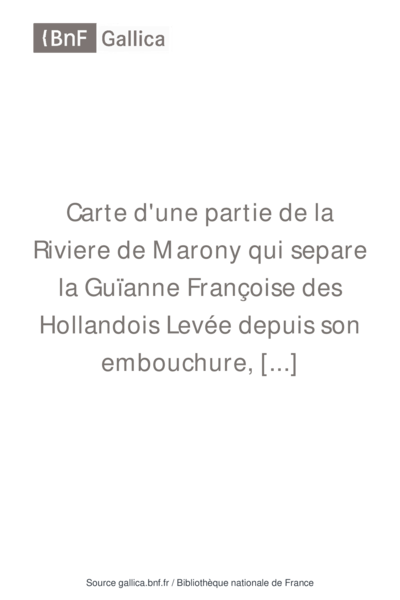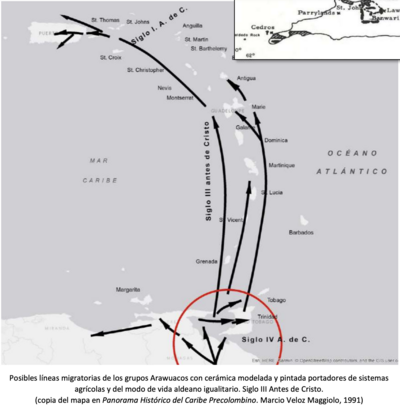Abstract
This research investigates the construction of belonging from collective memory interaction. Its objectives include the recognition, reconstruction, and explanation of heterogeneous historical trajectories of collective formation which were unthinkable until recently, both in the narrative of History and Anthropology, as well as in the common social sense (Trouillot 1995). The historical path began when the Argentine nation-state concluded the so-called Campaign to the Desert —with the captivity of the Indian chief Valentín Sayhueque and his people—, the subsequent settlement of Indigenous people on lands reserved by the state, and the successive land expropriations by the state and by private individuals. This stands as one possible trajectory to articulate their collective history. However, this research rebuilds heterogeneous articulation practices that derive in communalization processes born from memories (Brow 1990). Stuart Hall´s (2010a) approaches to the link between theory and politics and their dual commitment are taken up once again. These indigenous trajectories stimulate and prompt the search for theoretical paths to account for their historical condition from the lenses of their protagonists, and their disputes with other hegemonic meanings.
- The People of Sayhueque
In 1895, the families belonging to the People of Sayhueque residing in the province of Chubut, in Puelmapu,1 were relocated to the interior of Colonia Pastoril José de San Martín. Their movement was part of the indigenous tribalization policy implemented by the Argentine government soon after the end of the so-called Campaign to the Desert led by Julio Argentino Roca (Delrio 2005). The collective had had previous recognized authority over a larger territory, with organizational dynamics legitimated through alliances and solidarities forged by political, economic and kinship relations between different chiefs and capitanejos or local leaders. The communities confronted the troops of the Argentine State to avoid subjugation after the military advance, which ended in their subjugation and the beginning of long pilgrimages.
Families were taken on foot to concentration camps in Carmen de Patagones, Chichinales or Valcheta (Delrio 2005, Mases 2002, Ramos 2010). Once there, they were distributed as labor, called up and enlisted in the same army in Mendoza, Buenos Aires, Tucumán or Entre Ríos, or taken prisoner to Martín García Island (Papazian and Nagy 2010). Once the processes of settlement were unleashed (Delrio 2004, Delrio and Briones 2002), their history portrayed the state’s objectives of fragmenting these families and adding them into degrading labor systems. Some caciques, such as Don Valentín Sayhueque, were relocated with a small group of his family on 30,000 hectares of land, which they lost through successive and systematic deceptions until they were forced to migrate to the towns. In this scenario, part of the family that had managed to stay on their lands was evicted by the National Gendarmerie in 1944 (Bandieri 2005). They were abandoned under a cliff and spent years living in precarious camps in the town of Gobernador Costa. They are the ones who currently make up the “Mapuche Tewelche Valentín Sayhueque community.”2
II. Memories and Belongings of the People of Sayhueque3
The development of a sense of belonging in the social memory of the Indigenous people of Argentine Patagonia has been influenced by specific structures of domination, where their memories interact with official narrative to create a map of meaning. The link between history and memory of sub-groups such as the Mapuche-Tewelche in Patagonia is crucial to the development of the social fabric and the ensuing birth of the Argentine nation. This connection influences their visibility, their silencing, and assigned value in society. Therefore, history and memory become essential to the construction of the identity of these groups.
The memories of the Mapuche-Tewelche Valentín Sayhueque community breed different maps of meaning that challenge ways of theorizing indigenous differences. The intersection of hegemonic and subordinate representations in the creation of senses of belonging raises the need to examine multiple determinations in a concrete analysis of political, social, economic, and cultural organization, and other aspects that differentiate the production of memory from other processes of meaning development. Collective memories allow us to rebuild specific subjectivities into historical timelines vis-a-vis the interpellation from individual viewpoints.
Stuart Hall highlights the correlations between life experiences, their weight, and the language used to communicate them (2010a). Regarding the memories of the Valentín Sayhueque community, explicit correlations are not shared among generations because they are humiliating and painful to relive, and difficulties are encountered when trying to translate their experiences into a hegemonic culture. In this way, memories may connect images and knowledge, while disconnecting others. During moments of reflection, families often intersperse their past and present to understand who they are. This process adds to the construction of belonging by providing strategic abodes or dwellings (Grossberg 1992). It is —indeed— a work of historical configuration. In this regard, reflection alongside memories is political, since analyzing their history allows them to question their reality and modify their future.
He aims to link these reflections with fieldwork experiences during the return of the Valentín Sayhueque community to their expropriated lands. In a dialogue with madam mayor of Gobernador Costa, the following exchange with the community lonko4 was recorded:
[…] I: “Yes, I saw them a day before you came, so I thought, how are they managing?”
L: “Right, and may be if he did not come with the prosecutor, he would have come and kicked uso ut, but his child, his child was sick.”
I: “What´s yours, is yours.”
L: “And I am entitled to it as it is mandated by history, you know how Argentine history goes, don´t you? Well, this belongs to me by history. This place is mine, let me tell you that, and it is not just this, but also all of Laguna del Toro. They took us out of that place and left us in this reserve. And here I am, and here I will stay, I can assure you that, both me and my cousins.”
I: “Of course, because this is something that you should never have…”
L: “Left?”
I: “Left.”
L: “See, we did not leave because we wanted to, but because my mum became a widow, and we were all young; the same happened to my aunt. My aunt was left alone, and she did not see that the children had left to work and the poor thing had to leave at some point. And I´d tell her: ‘And who sold you out?’ ´I think… X sold… what´s the name… X,´ she said. I´d ask her: ´And where are the deed of sale papers?´ ´He kept them. He kept them because there was no purchase and no sale.” […].5
This conversation casts light on the production of collective subjectivity born out of stories on land expropriation from families. The lonko uses history and memory to argue and assess land grabbing practices in her community.
In this exchange, the families are evaluated “for abandoning” their land. Even so, the lonko rectifies that they were induced —they had no choice—, and shows how multiple powers impact the trajectory of individuals. She questions the official history that denies the pre-existence of Indigenous peoples, with documents that uphold the contrary; she claims other expropriated lands and pleads the case of an initial donation from a compadre to her grandfather. Thus, she exposes the injustice suffered by her community and looks into the role of different actors in its history.
The lonko shares stories that breed the collective memory and stand for collective subjectivity. These memories are contextualized in territorial disputes, so these experiences have allowed the community to understand the social structure and reverse the negative impact on the families. Looking back at their history allows them to interpret the past through a different lens, to redefine it.
The way in which a community processes its collective experiences also conveys skills to understand and reflect upon them, and certainly impacts on how they define their identity in various historical contexts (Beliner 2005). Their memory is organized around experiences of dispossession and displacement that may be linked to those of other families in the region, without subsuming their differences. Singularities in difference may be identified on comparing communities´ historical trajectories.
The production of local differences in memory is related to the articulation of regimes of metamemory that each group develops throughout history. This influences how they evoke, forget, and reflect on that process. Collective memory creates its own regimes to breed truth and guide future generations in the process of remembering/forgetting in a way that may prove meaningful to the group (Foucault 1980).
In the Valentín Sayhueque community, some events are represented without the need for explicit words, which may be their way of expressing emotions or avoiding pain. These representations create an internal structure that organizes local truth. Meta-memory connects these representations with hegemonic structures, creating a complex dynamic in the operation of meaning in each case.
Social memory is relevant in the experience of group relations, disputing the sense of belonging to hegemonic senses and rearticulating group identity on an ongoing basis (Restrepo 2013). Memory intervenes by challenging dominant power and generating alternative knowledge, including the connection with the past and the transfer of collective representations.
Reconstructing the meta-memory regimes of Indigenous groups allows us to understand how the indigenous subject is founded and founded anew (Foucault 1980). We analyze the narrative that the memory of a group considers to be true or false, as well as the ways to reach the truth and who determines it. This type of discourse is acknowledged as “true stories” by our interlocutors.
Memory and representations give birth to new knowledge and subjects. People´s relationship with these realms is analyzed from a personal and collective perspective, especially among the community’s youth. The reflection of young people on collective history is evinced as key in local meta-memory.
Upon observation of the above practices, it is key to contextualize them and understand the dense implications of what is said and done, as well as people’s interpretations of them all. It then becomes necessary to follow Hall’s (2010b) approach in order not to make theory assume or explain social processes beforehand.
Shared memory in the Valentín Sayhueque Indigenous community plays a critical role in the way some members re-signify their social functions and perspectives, according to Nicolás Rose (2003). Sharing memories of the collective past can lead people to newly articulate their identities and take on other ways of understanding the world.
It is worth commenting on Hall’s (2010c) approaches regarding the current hypothesis. Reconstructing the communities´ meta-memory regimes allows us to theorize from indigenous lenses and explore the relationship between theory and politics. Theoretical approaches should be acknowledged as tools for understanding that may not detach social practices from their meaning. Ethnographic searches are experiences of knowledge reconstruction, always valuable for the families with whom we share.
The goal is not to claim absolute truths about memories, but to use Stuart Hall’s (2010a) approaches to analyze the research problem in an ethical and political manner. This allows researchers to understand the social dynamics and challenges surrounding the social sciences, realizing that social factors operate in diverse ways depending on specific conditions. This approach implies an ongoing and unfinished work; in continuous feedback from the contexts of the people we interact with.
The above observation pinpoints memory´s critical role in experiencing group relations, confronting belonging, and building alternative knowledge. Social memory becomes a tool to challenge dominant positions and reach an understanding about the bonds with the group, the territory, the national state, and ancestors. Through the transmission of keys for reading the past, one learns to (re)interpret collective representations (Haverkamp 1996).
By observing the social processes in the Valentín Sayhueque Indigenous community, it is possible to grasp how the interaction with memory may displace the movement and the subjection-subjectivation relations of its members (Rose 2003).
III. Bibliography
Banderi, Susana. 2005. Historia de la Patagonia. Buenos Aires: Editorial Sudamericana Publishing Company.
Beliner, David. 2005. An “impossible” transmission: Youth religious in Guinea- Conakry.
American Ethnologist, Vol. 32, N° 4, 576-592.
Briones, C. y Delrio W. 2002 “Patria sí, Colonias también. Estrategias diferenciales de ra-
dicación de indígenas en Pampa y Patagonia (1885-1900)”. In: Teruel A., Lacarrieu, M.
y Jerez, O. (Comps.): Fronteras, ciudades y estados. Córdoba: Alción Editora Publishing Company, 45-78.
Brown, James. 1990. Notes on Community, Hegemony, and Uses of the Past. Anthropological Quarterly 63 (1): 1-6
Delrio, Walter. 2004. “Espacio e Identidad: la expropiación de la tribu Nahuelpan”. In:
Dávilo, B. et.al. (Eds.) Territorio, memoria y relato en la construcción de identidades
colectivas. Rosario: Universidad Nacional de Rosario Editora Publishers, 138-148.
Delrio, Walter. 2005. Memorias de expropiación. Sometimiento e incorporación indígena
en la Patagonia (1872-1973). Buenos Aires: Editorial de la Universidad Nacional de
Quilmes Publishers.
Foucault, Michel. 1980. Microfísica del poder. Ediciones de La piqueta. España Publishing Company.
Grossberg, Lawrence. 1992. “Power and Daily Life”. En We gotta get out of this place.
popular conservatism and postmodern culture. New York: Routledge, 89-111.
Hall, Stuart. 2010a. “Significación, representación, ideología: Althusser y los debates
postestructuralistas” En: Eduardo Restrepo, Catherine Walsh y Víctor Vich (eds.) Sin
garantías: Trayectorias y problemáticas en Estudios Culturales. Colombia:
Envión Editores Publishers, 193-221-
Hall, Stuart. 2010b. “El trabajo de la representación”. En: Eduardo Restrepo, Catherine
Walsh y Víctor Vich (Coords.) Sin garantías: Trayectorias y problemáticas en Estudios
Culturales. Colombia: Envión Editores Publishers, 447-483
Hall Stuart.2010c. “La cuestión de la identidad cultural” En: Eduardo Restrepo, Catherine
Walsh y Víctor Vich (Coords.) Sin garantías: Trayectorias y problemáticas en Estudios
Culturales. Colombia: Envión Editores Publishing Company, 363-405
Haverkamp, Anselm. 1996. Notes on the “Dialectical Image” (How Deconstructive Is It?).
En**:** Diacritics, Vol. 22, No. 3/4: 69-80.
Mases, Enrique. H. 2002. Estado y cuestión indígena. El destino final de los indios
*sometidos en el sur del territorio (*1878- 1910). Buenos Aires: Prometeo libros
/Entrepasados.
Nahuelquir, Fabiana. 2014. Comunidad Mapuche-Tewelche “Valentín Sayhueque”: Refle-
xiones en torno a los procesos de memoria y olvidos. En: Restrepo, Eduardo (Coord.).
Stuart Hall desde el Sur: Legados y apropiaciones, Ciudad Autónoma de Bs. As.: Envión
Clacso Editorial Publishers, 203-217.
Papazian, Alexis y Nagy Mariano. 2010. “La Isla Martín García como campo de
concentración de indígenas hacia fines del siglo XIX.” In Bayer, O. (Coord.) Historia de
la Crueldad argentina. Roca y el genocidio de los pueblos originarios. Buenos Aires: Ed.
El Tugurio, 77-96.
Parra y Llanquinao. 2017. Mapun Kimün. Relaciones mapunches entre persona, tiempo y
espacio. Stgo. De Chile: Ocholibros editores Publishers
Ramos, A. 2010. Los pliegues del linaje. Memorias y políticas mapuches-tehuelches en
contextos de desplazamiento. Buenos Aires, Eudeba.
Restrepo, Eduardo. 2013. Clase 3. Articulación y Contextualismo radical. In: Seminario
Stuart Hall y los Estudios Culturales en América Latina y el Caribe. Red de Estudios y
Políticas Culturales (CLACSO-OEI).
Rose, Nikolas. 2003. “Identidad, genealogía, historia”. In Stuart Hall and Paul Du Gay (comps.) Cuestiones de identidad cultural. Buenos Aires: Amorrortu, 214-250.
Trouillot, Michel-Rolph. 1995. The Three Faces of Sans Souci. Silencing the Past. Power
and the Production of History. Beacon Press.
A general-to-specific explanation speficies what the expression refers to. The local territories are located within a larger space: the Wall mapu, representing the space historically occupied by the Mapuche people. This is located within a particular world layer —naq mapu—, destined for human life and the life of other beings (…) Ancestors, for their part, inhabit other levels or layers (…). The union of all these spaces is called Wallontu Mapu. In this spatiality and territoriality (…) directions are recognized, which define territories on a macro level (…). One of them is the Puel Mapu (Land of the Orient, or Land of the East). Parra and LLanquinao, Mapun Kimün. Relaciones mapunches entre persona, tiempo y espacio. (Santiago de Chile: Ocholibros editores, 2017), 106. ↩︎
The term “community” is used because it is the way in which indigenous collectives are designated by the state, which recognizes them administratively by assigning them an identification number in a registry, after going through several procedures. For the case of families from Chubut province, this procedure was double, because the province required other procedures for them to be registered in its registry. The term is also used among Indigenous families who decided to come together to collectively give visibility to the demand for rights, regardless of whether or not the above-mentioned state-control mechanisms been initiated. This clarification is relevant to reject interpretations that claim that by “community” we may be referring to some coherent, discrete, perennial entity, along with other attributes that may set them outside of the historical trajectory of the Indigenous families themselves. ↩︎
An expanded version of these proposals is published in: Eduardo Restrepo (eds.), Stuart Hall desde el Sur: Legados y apropiaciones (Buenos Aires; Envión-Clacso Editorial, 2014), 203-217. ↩︎
Literally speaking, it means “head.” In the text´s context, it refers to an ancestral authority, representative of a lof, a community. […] Its functions are diverse, ranging from the administrative to the ritualistic. […]” Parra and Llanquinao, Mapun Kimün, 154. ↩︎
Delia, lonko from the Valentin Sayhueque Community, Gobernador Costa, Chubut. Argentina. 2011. ↩︎
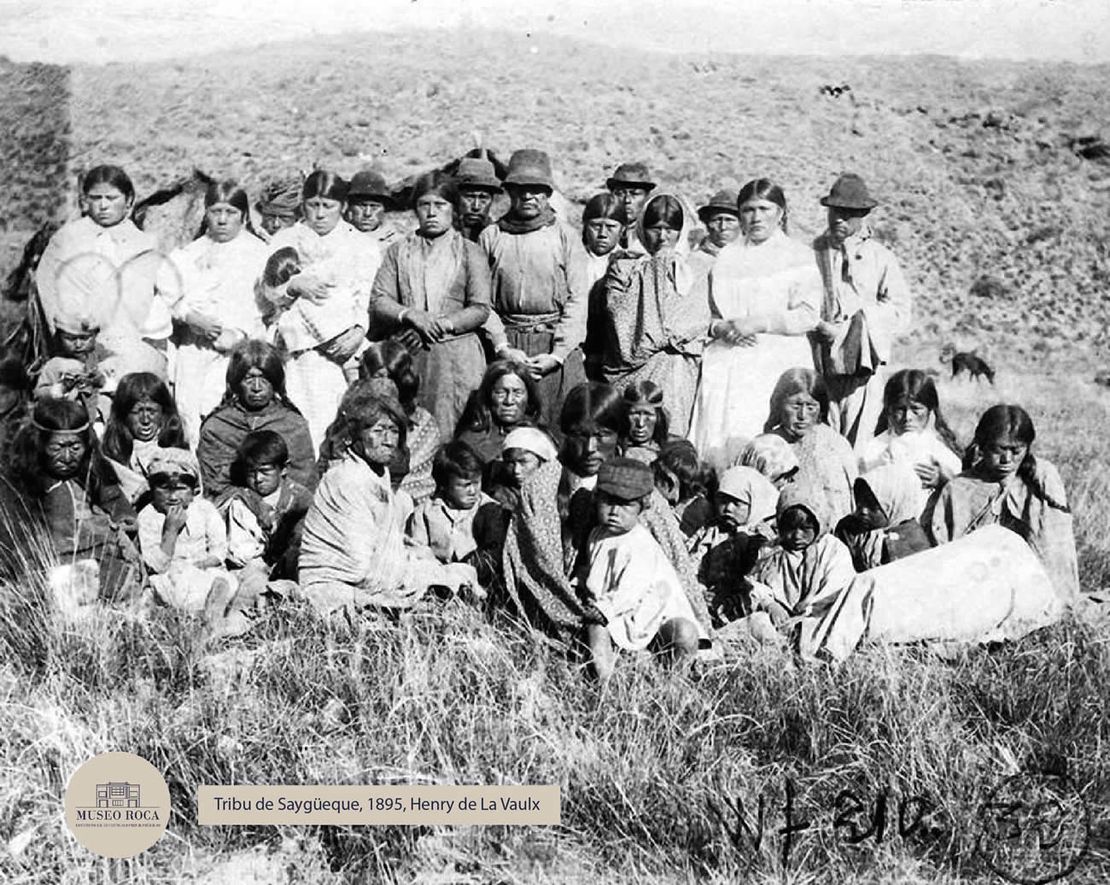
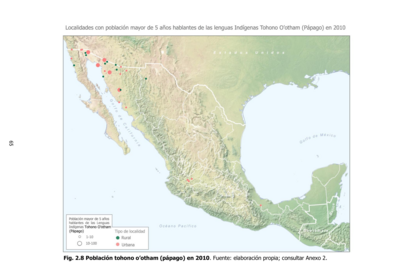
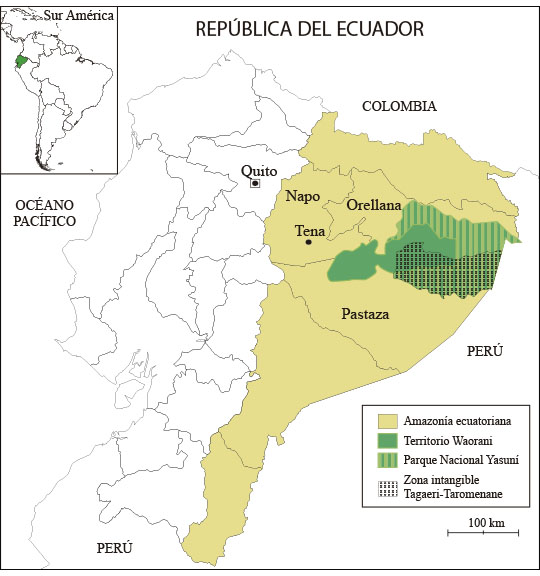
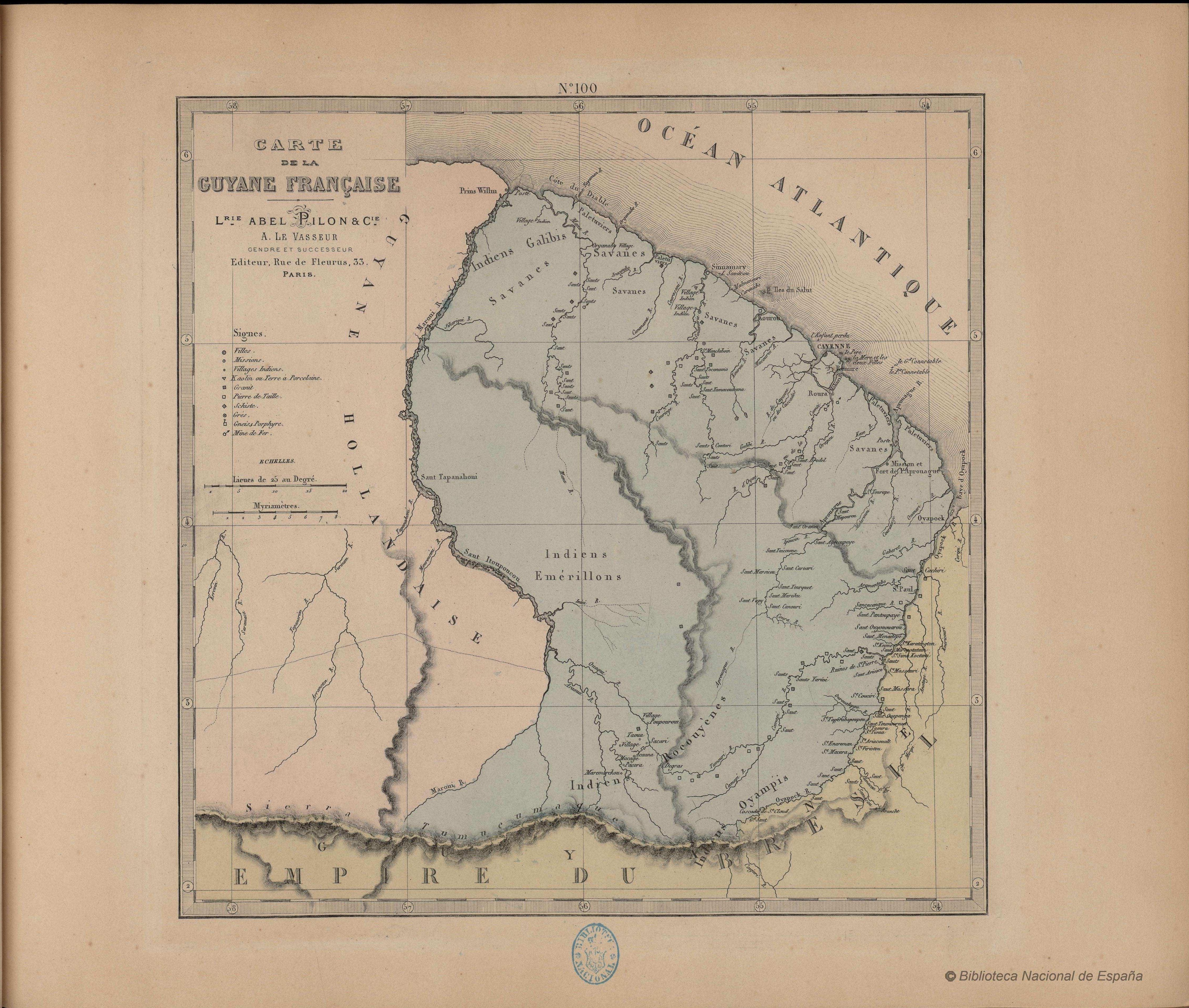
![[Carte de la Guyane, des bassins de l'Orénoque et de l'Amazone]](https://dnet8ble6lm7w.cloudfront.net/maps/CNT/CNT0174.jpeg)


